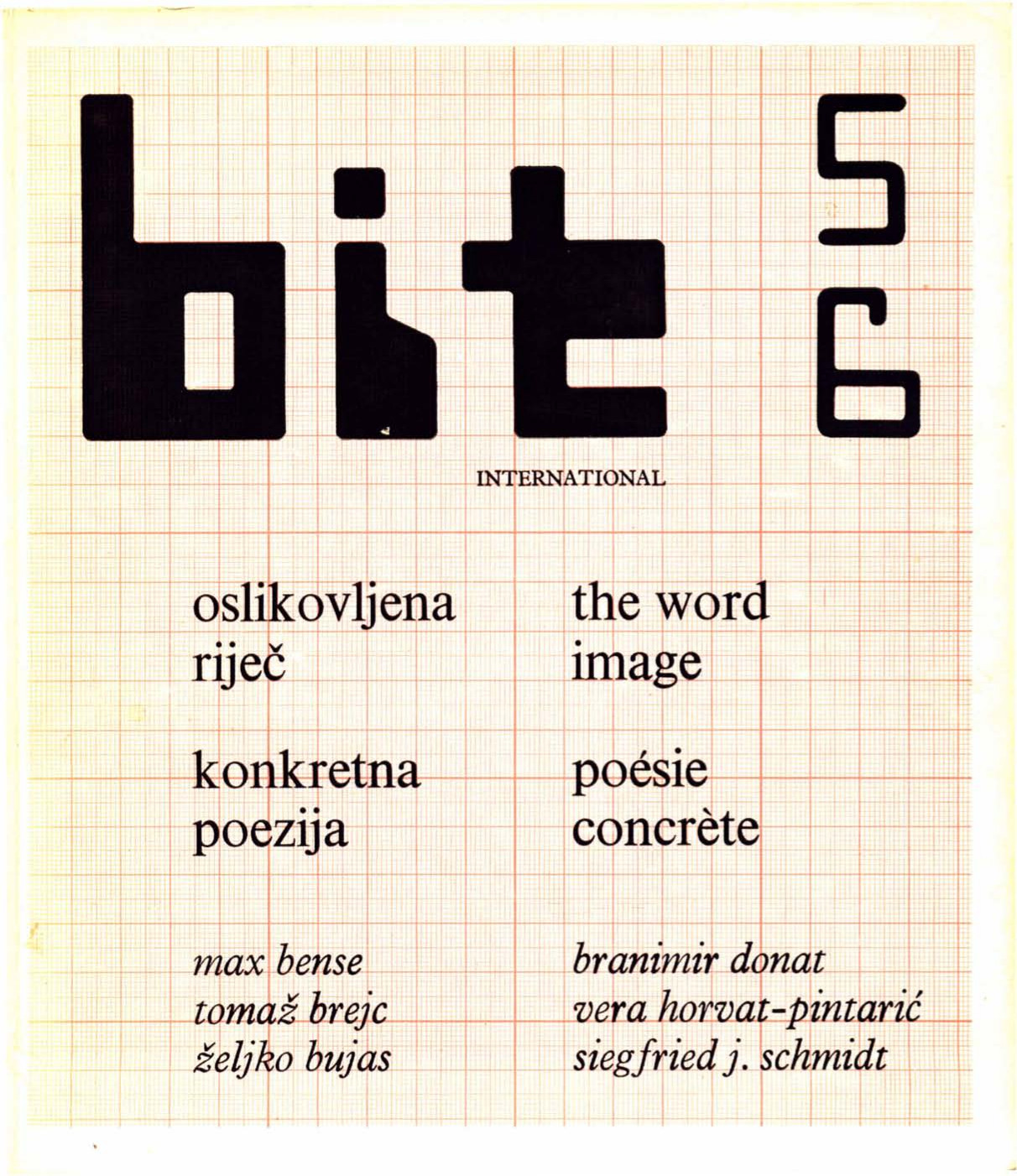Marie Marchand: The Minitel Saga: A French Success Story (1988)
Filed under book | Tags: · computing, france, networks, technology, telephone, video, virtual communities

The only English-language monograph on the popular Videotex online service Minitel, which operated in France between 1978-2012.
“Minitel was proposed and adopted in 1978, the same year that Simon Nora and Alain Minc submitted their influential report The Computerization of Society in which they coined the term ‘telematics’. Minitel also came on the heels of a “phone-in-every-home” program (pre-dating the One Laptop Per Child project by many decades) that was proposed in 1975 by then-general manager of France Telecom Gérard Théry to increase subscriber telephone lines; Théry firmly believed the telephone was going to be the cornerstone of any computerized country – “A phone in every home is the cutting edge of a computer in every home.” Just three years later in 1978, 2500 people in the Parisian suburb of Vélizy had volunteered to use the system initially called “Teletel.” Marie Marchand tellingly writes in The Minitel Saga: A French Success Story that while “households used the system six times a month on average, consulting 20-odd services for a total connect time of one-and-a-half hours per month…”, “These overall figures concealed a number of pronounced disparities…Age disparity: people under 30 used their terminals more than those over 30. Gender disparity: women used them but little. Class disparity: top executives connected more often than midle management types, who in turn called more often than blue collar workers. Further, a flagrant disparity emerged in terms of services used. Five service providers alone accounted for over half the calls…” (53)
In 1982, instead of delivering increasingly expensive and difficult to update telephone book directories, France Telecom loaned Minitel terminals to residents all across France. By 1988, 3.5 million Minitel sets had been installed with users logging six million hours per month and taking advantage of 8000 services. And by 1999, roughly 9 million terminals could access to the network in turn used by 25 million people who took advantage of 26,000 services. By this time, not only had Minitel inaugurated an era that continues today of disparities between visible and invisible (or even absent) users based on gender, race, sexuality, and socio-economic status, but it also inaugurated the era of online pornography, the use of networks to coordinate student protests, and experiments with pseudonymous online identity.” (Lori Emerson)
Translated and adapted from the French by Mark Murphy
Publisher Larousse, Paris, 1988
ISBN 2035182409, 9782035182401
197 pages
via Lori Emerson
Resources: Minitel.org, Minitel Research Lab.
Comment (0)communication +1, 3(1): Afterlives of Systems (2014)
Filed under journal | Tags: · biology, communication, computing, cybernetics, ecology, environment, media ecology, music theory, systems theory, technology
“Under the impression of today’s global crisis and the rise of ecological thinking, confronted with smart, ubiquitous technosystems and the impression of interconnectedness, there appears a new urge to excavate the remnants of the past. The articles of this issue suggest that in order to understand present technologies, we need to account the systems thinking that fostered their emergence, and that we cannot gain insight into the afterlives of systems without exploring their technologies.
The nine contributions ask how these debates and affective states survive and live on in today’s discussions of media ecologies, environmentalism, object-oriented philosophies, computer simulations, performative art, and communication technologies. In this sense, they take the renaissance of systems thinking in the late 20th and early 21st Century as an effect of various system crisis and explore new media technologies as stabilizing ‘cures’ against the dystopian future scenarios that emerged after World War II. The articles of this issue suggest that in order to understand present technologies, we need to account the systems thinking that fostered their emergence, and that we cannot gain insight into the afterlives of systems without exploring their technologies.”
With contributions by Etienne Benson, Rafico Ruiz, Katja Rothe, Niklas Schrape, Christoph Neubert and Serjoscha Wiemer, Sebastian Vehlken, Bruce Clarke, Jan Mueggenburg, and You Nakai.
Edited by Christina Vagt and Florian Sprenger
Publisher University of Massachusetts Amherst, September 2014
Creative Commons Attribution-Share Alike 3.0 License
c231 pages
PDF articles
single PDF (4 MB)
Bit International, 5-6: The Word Image (1969) [CR-SR/int.]
Filed under magazine | Tags: · art, art theory, computer art, computing, concrete poetry, literary theory, text, visual poetry

An issue of the magazine of Zagreb-based New Tendencies network, dedicated to concrete poetry. Six other issues were produced between 1968-72.
Contents:
Vera Horvat-Pintarić, “The Word Image”
Branimir Donat, “Poésie concrete – cosmogonie-poetique de l’ere technologique”
Max Bense, “Konkrete Poesie”
Tomaž Brejc, “La compagnie OHO et la poésie topographique en Slovénie”
Siegfried J. Schmidt, “Computopoeme”
Željko Bujas, “First Croatian Literary Texts Computer-Processed”
Information bulletin about Tendencies 4 exhibition
Edited by Vera Horvat-Pintarić, et al.
Publisher Zagreb City Gallery, 1969
145 pages
via MAMA Zagreb
PDF (13 MB)
Comment (0)
